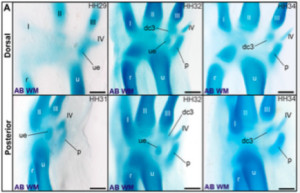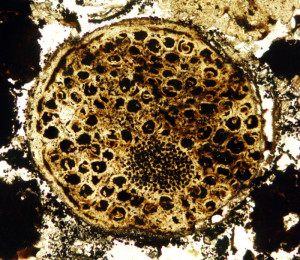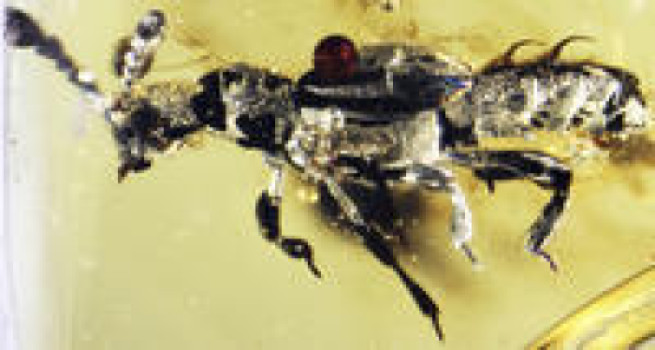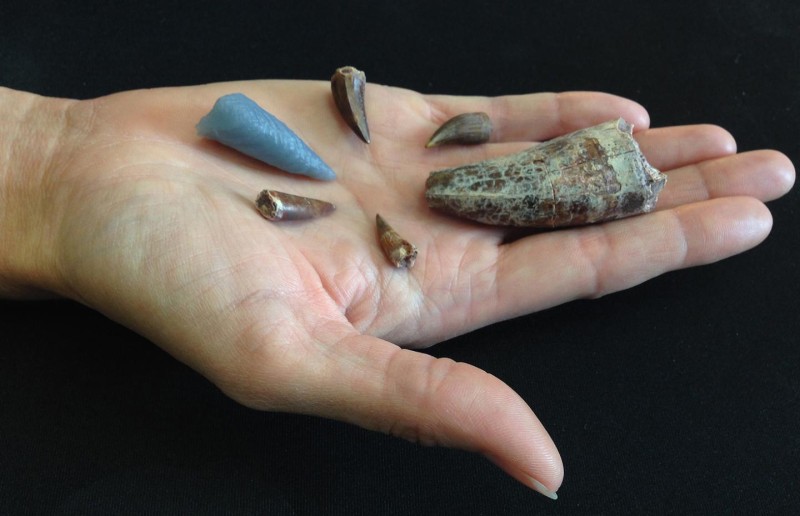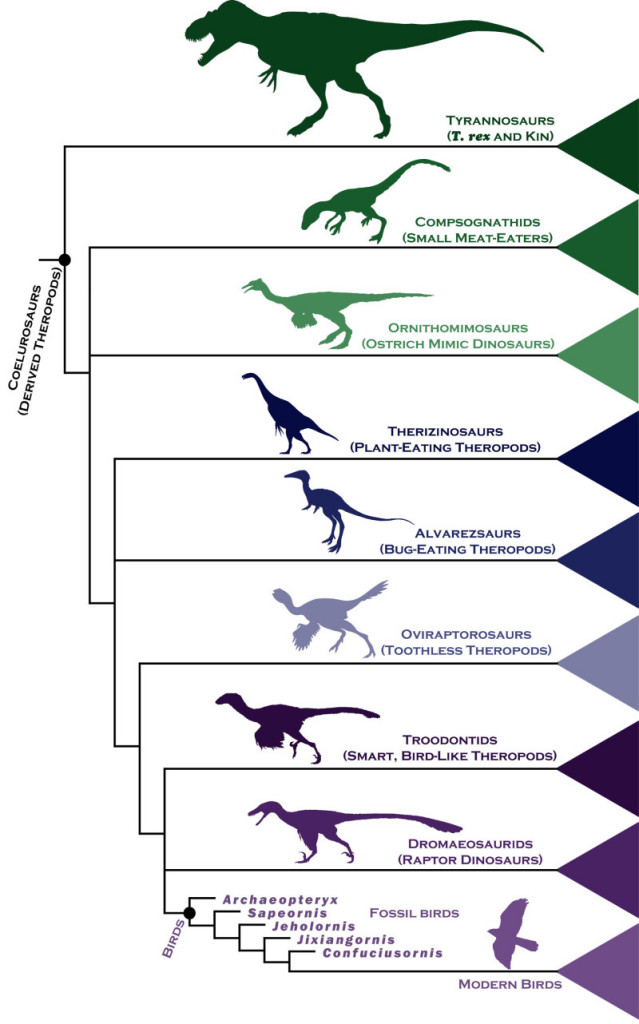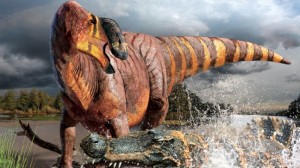Three University of Michigan geologists are participating in an international effort to drill nearly a mile beneath the surface of New Zealand this fall to bring back rock samples from an active fault known to generate major earthquakes.
The goal of the Deep Fault Drilling Project is to better understand earthquake processes by sampling the Alpine Fault, which is expected to trigger a large event in the coming decades.
“We’re trying to understand why some faults are more earthquake-prone than others, and that requires fundamental knowledge about the processes at work,” said Ben van der Pluijm, the Bruce R. Clark Collegiate Professor of Geology in the U-M Department of Earth and Environmental Sciences.
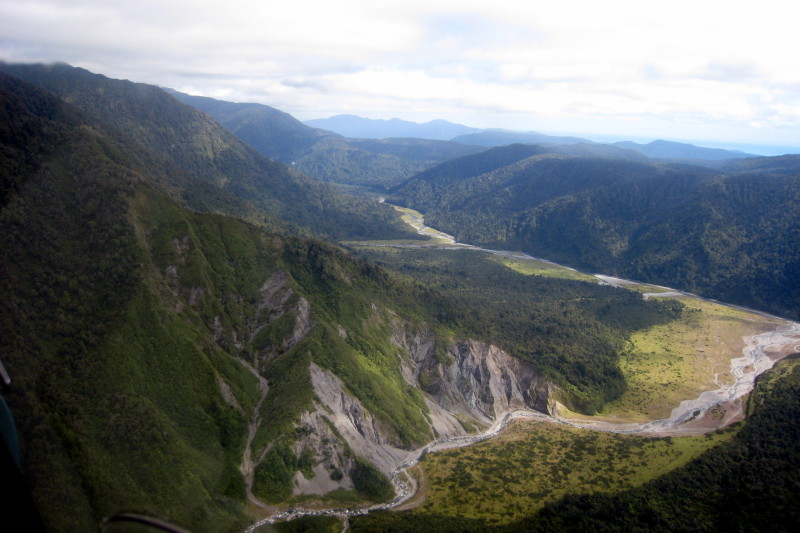
An aerial view of the Alpine Fault at Gaunt Creek, where the Deep Fault Drilling Project is scheduled to begin next month. Three University of Michigan geologists are participating in the $2.5 million international project, which will drill nearly a mile beneath the surface and return rock samples from an active fault known to generate major earthquakes.
Credit: Photo by Ben van der Pluijm
Van der Pluijm and two of his EES colleagues — doctoral student Austin Boles and research scientist Anja Schleicher — are part of the team scheduled to start the two-month drilling project early next month. Schleicher will spend October at the site, and Boles will be there for about six weeks starting in early November.
It will be only the second science project to drill deep into an active earthquake fault and return samples. Several years ago, scientists drilled a nearly 2-mile-deep hole into California’s San Andreas Fault. Van der Pluijm was a member of that team, as well.
“I hope we find something different this time, a different rock signature that contrasts with what we saw at the San Andreas,” he said.
The goal is to drill 0.8 miles (1.3 kilometers) into the 530-mile-long Alpine Fault, which marks the boundary between the Australian and Pacific tectonic plates, on New Zealand’s South Island. Though most of the movement along the fault is lateral rather than vertical, the fault is responsible for lifting the Southern Alps, the rugged mountain range featured in the “Lord of the Rings” movies.
Earthquakes occur on the Alpine Fault every 200 to 400 years at magnitudes of 7.5 to 8.0, with an average time between successive large earthquakes of about 330 years. Though earthquakes of that size that originate at shallow depths are capable of tremendous damage, the region is sparsely populated.
The last Alpine Fault quake occurred in 1717, and the probability of another big one occurring there in the next 50 years has been calculated at about 28 percent. So the $2.5 million Deep Fault Drilling Project presents a rare opportunity to collect and analyze samples from a major fault before it breaks.
The task for van der Pluijm and his colleagues is to analyze the possible role of clay minerals and friction melting in the fault zone. Radiometric dating, X-ray studies and isotopic-analysis techniques will be used to determine how much clay is in the rock samples and when those clays formed, as well as the likely source of the water that helped produce them.
“The information we can extract from these clays is remarkably rich,” said Boles, who will use data from the New Zealand study in his doctoral dissertation. “These clay minerals are a key tool that we can use to better understand the physical and chemical processes happening in an active fault.”
Clay minerals can help reduce friction and heat generation along a fault, lubricating it so that pressure is released through steady, relatively small and nondestructive “creeping” motions rather than the periodic violent jolts known as earthquakes.
Creeping motions were observed along the portion of the San Andreas Fault drilled by scientists several years ago. Temperatures in that fault were relatively low, and clay-rich rocks from the active zone were returned to the surface.
“We think that clays are a significant player in making faults less earthquake-prone,” van der Pluijm said. “We know that the section of the Alpine Fault we’ll be drilling has a history of producing large earthquakes. So finding little clay and, instead, evidence for frictional melting in the rock would better fit the large-earthquake scenario. That would be a fantastic breakthrough.”
In addition to sampling the fault during the two-month drilling program, researchers will install permanent pressure, temperature and seismic-monitoring sensors in the borehole.
The U-M researchers are hoping to obtain a rock sample about the volume of a baseball from deep within the Alpine Fault. That would be plenty to complete their various studies, which are funded by the National Science Foundation and the International Continental Scientific Drilling Program.
“Getting the right samples is more important than the amount,” van der Pluijm said. “Returning samples to the surface from depth is always a challenge, but I’m confident that it will work.”














 October 12th, 2014
October 12th, 2014  Riffin
Riffin 
